It could be hard to determine an animal’s actual speed on land, in the air, or in water.
Animals in the animal kingdom usually save their energy for times when they must move quickly, such as when running, flying, or swimming away from a predator or in quest of their next meal.
Animal speeds appear to be slower than commonly reported when observed attentively, much to how fish suddenly shrank when tape measures were introduced.
The list of the top-ranked fastest animals in the world in a variety of categories, such as the quickest on land, in flight, and in the sea, has been compiled after careful examination of actual animal speeds in an effort to be as accurate as possible.
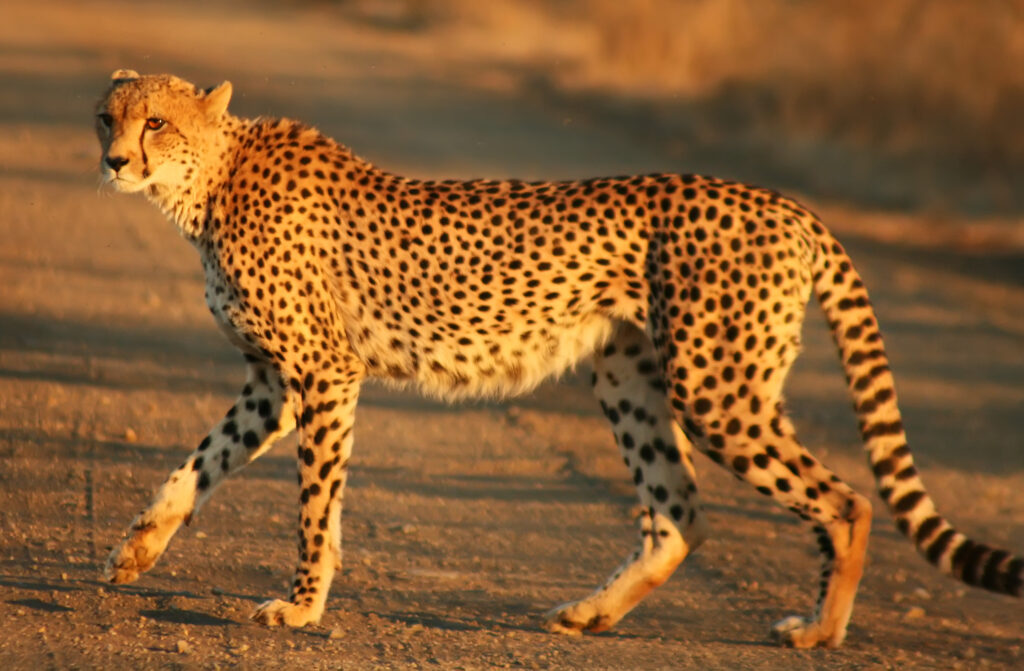
The most rapid land animal
Cheetah (Top Speed: 105 kph / 65 mph)
The fact that the cheetah is the fastest land mammal in the world should not be shocking.
This ambush hunter has the quickest recorded sprint time. The cheetah’s ability to accelerate allows it to attain such a high speed before being fatigued from exertion.
They frequently reach speeds of up to 105 kph (65 mph) and can accelerate from 0 to 60 mph in around 3 seconds, which is faster than most supercars.

Longest Distance Fastest Land Animal
Pronghorn (Top Speed: 100 kph / 62 mph)
The capacity to move as swiftly as a cheetah makes sense for a hunter. Predators and prey participate in an evolutionary arms race to outcompete one another. Because of this, the second-fastest animal to be recorded frequently needs to flee quickly.

Pronghorns can maintain their speed over a longer distance even if they may lag the cheetah by a few seconds in terms of raw speed. They are capable of running at least 11 km (seven miles) at 65 kph (40 mph).
These feats are made possible by either incredibly efficient musculature, extraordinarily effective respiratory transport systems, or both. They have large lungs and hearts that are four times the size of a sheep’s.
Animal with the Fastest Horizontal Flight
Mexican Free-tailed Bat (Top Speed: 160 kph / 100 mph)
Researchers saw the little Mexican free-tailed bat flying out of its breeding location at 160 kph in 2016, when there was little to no wind. This demonstrates that bat flight may be substantially more proficient than previously thought, at least within certain species.
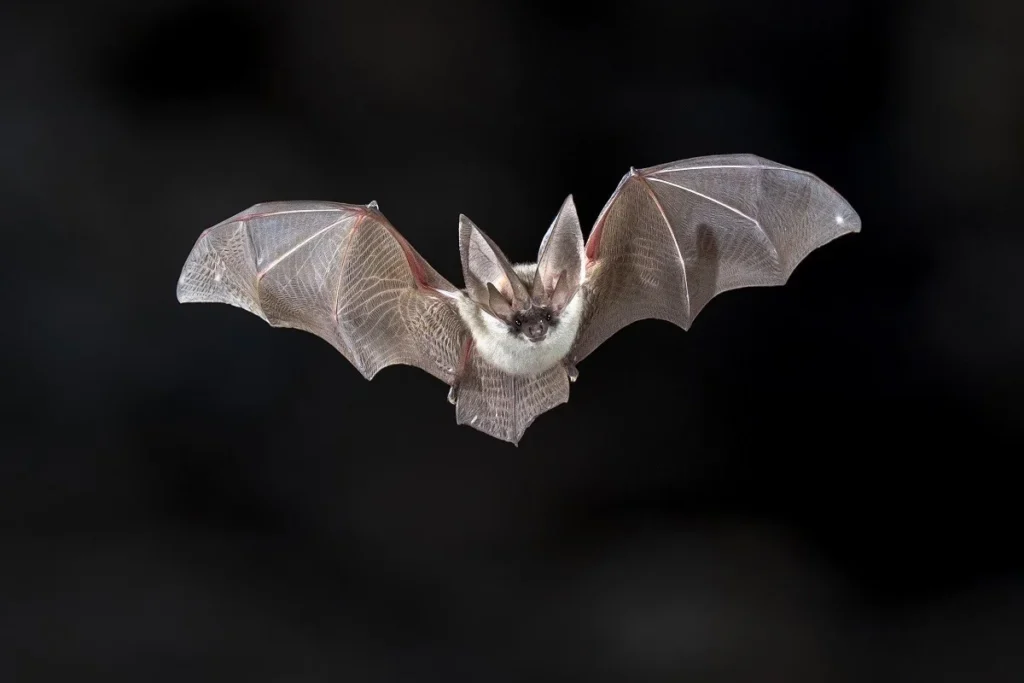
The Mexican free-tailed bat has the fastest level of flight of any flying creature as a result. Since they can soar above 10,000 feet, they are the world’s highest-flying bat species.
Bird with the Fastest Horizontal Flight
Red-breasted Merganser (Top Speed: 160 kph/100mph)
Even though it’s still challenging to gauge their top speeds, ducks are among the birds with the fastest straight-line speeds. Even if these sources may be suspect, the anecdotal experiences of train drivers and pilots that are used to estimate how quick these birds are are fascinating.
A flock of six red-breasted mergansers was seen in Alaska in 1960, matching an airplane’s airspeed of 100 mph, which was the fastest powered flight of any bird reliably recorded up to that point.

Although we believe this would make the grey-headed albatross the fastest flying bird, it currently retains the Guinness World Records distinction for the fastest bird in level flight.
French and British scientists in the sub-Antarctic witnessed a grey-headed albatross flying at 127 kph (79 mph) with a satellite tag. The only drawback in this situation is that it took place during an Antarctic cyclone and may have profited from the wind.
Fastest Bird (Diving Included)
Peregrine Falcon (Top Speed: 389 kph / 242 mph)
Even though the peregrine falcon is remarkable and capable of flying at speeds of up to 95 kph (60 mph) in level flight, it is not the fastest bird in the sky.
When they dive or “stoop,” they are the quickest birds in the world.
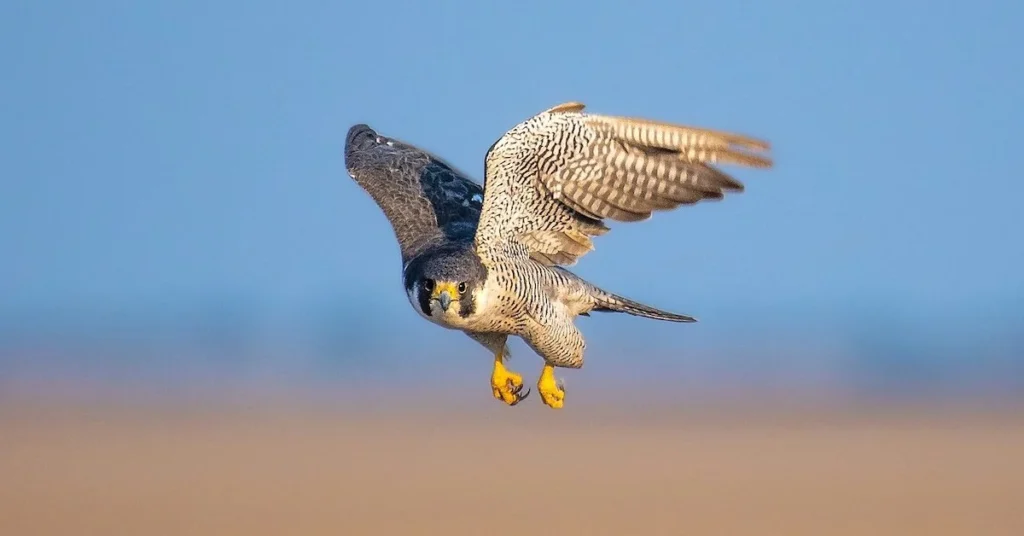
If you believe in using gravity fairly, they have been observed diving at an astounding speed of 389 kph (242mph), which is listed in the Guinness Book of Records and also makes them the fastest bird and mammal in the world.
Fastest Bird on Land
Ostrich (Top Speed: 70 kph / 43.5 mph)
Ostriches are the fastest mammal on two legs and the fastest bird on land, and they can gallop at speeds of up to 70 kph.

They can also run at speeds of about 55 kph (34 mph) for up to 2 km on a flat surface. They can cover up to 15 feet with a single stride thanks to their long legs, and their light frame allows them to use energy very well.
Fastest Fish
Sailfish (Top Speed: 35 kph / 22 mph)
Beautiful, swift, and powerful, the sailfish is a predator that never stops moving. It can run at remarkable speeds, hunt in packs, and travel great distances.
Sailfish’s potential swimming speed was first hypothesized to be up to 67 mph in the 1940s, making it substantially quicker than most other marine life.

This has led to some less observant wildlife bloggers making claims that these fish can reach speeds of up to 70 mph. The internet is rife with false and exaggerated statements about how quickly these fish can swim—some even translate it to km/h without remembering to adjust the unit.
Though the physical top speed limit has been suggested to be up to 35 km/h, more recent evaluations have provided far more conservative figures of roughly 15.7 mph, or 25.2 km/h.
This comes from the most precise measurements so far available, is far lower than the prior estimations, but is still extraordinarily quick for a fish.
A sailfish swam and leaped 91 meters (300 feet) in 3 seconds in a series of tests using a fishing camera in Florida, which is the equivalent of traveling at 109 kph (68 mph). Jumping out of the water was also a part of this, which is not actually swimming.
Most Rapidly Moving Insect
Horse-fly (Maximum Speed: 90 mph/145 kph)
Horseflies in the Hybomitra genus have been seen doing amazing flying feats akin to those of fighter jets.
Researchers used interpolation of slow-motion cinematography to measure a male Hybomitra hinei wrighti horsefly, which set a record speed of 145 kph while pursuing a female.
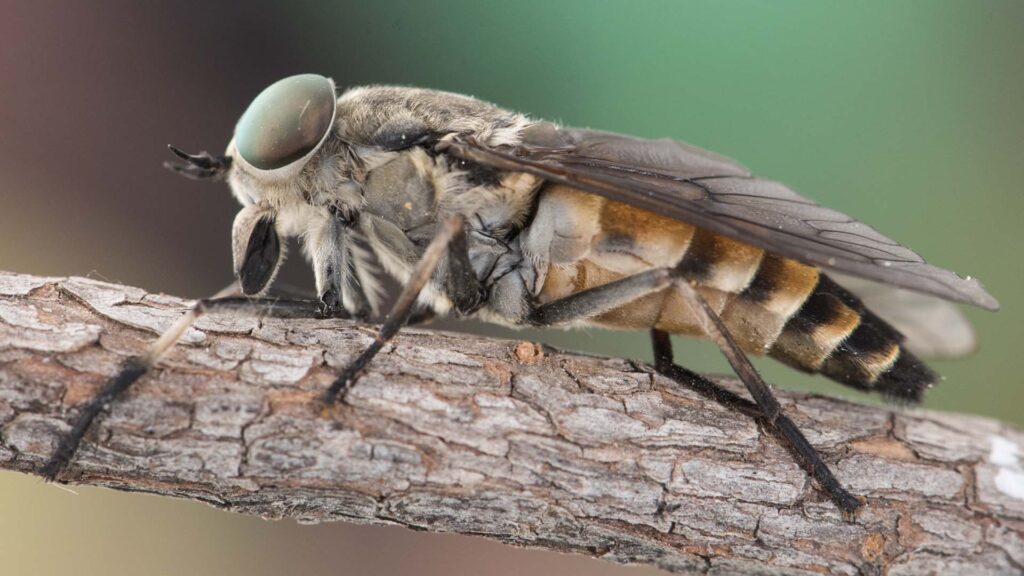
This makes the common horse fly the world’s fastest insect, albeit it is debatable if this distinction warrants inclusion in our list of the fastest-flying creatures.
Fastest Reptile
Perentie (Top Speed: 40 kph / 25 mph)
The largest monitor lizard is the native Australian perentie. It is one of the biggest lizards on the planet, reaching lengths of up to 2.5 meters (8 feet 2) and weighing up to 44 pounds.
They can run on all four legs or only their rear legs, and they are incredibly quick sprinters! The animal is able to push a lot of air into its lungs while running by stretching the side of its neck.
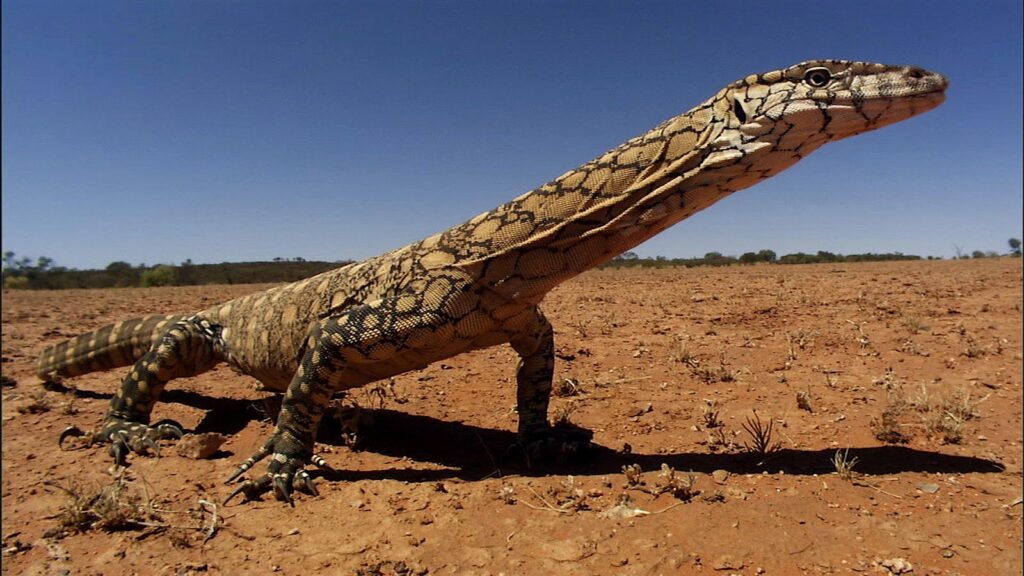
Fastest Insect on Land
Australian Tiger Beetle (Top Speed: 9 kph / 5.6 mph)
The fastest known species of all insects is the Australian tiger beetle, Cicindela hudsoni, which has a top speed of 2.5 meters per second (9 km/h; 5.6 mph). Cockroaches were once thought to be the fastest insects on land.
Although it may not seem like it, the tiger beetle is moving at a relative speed of 171 body lengths per second because of its small size.
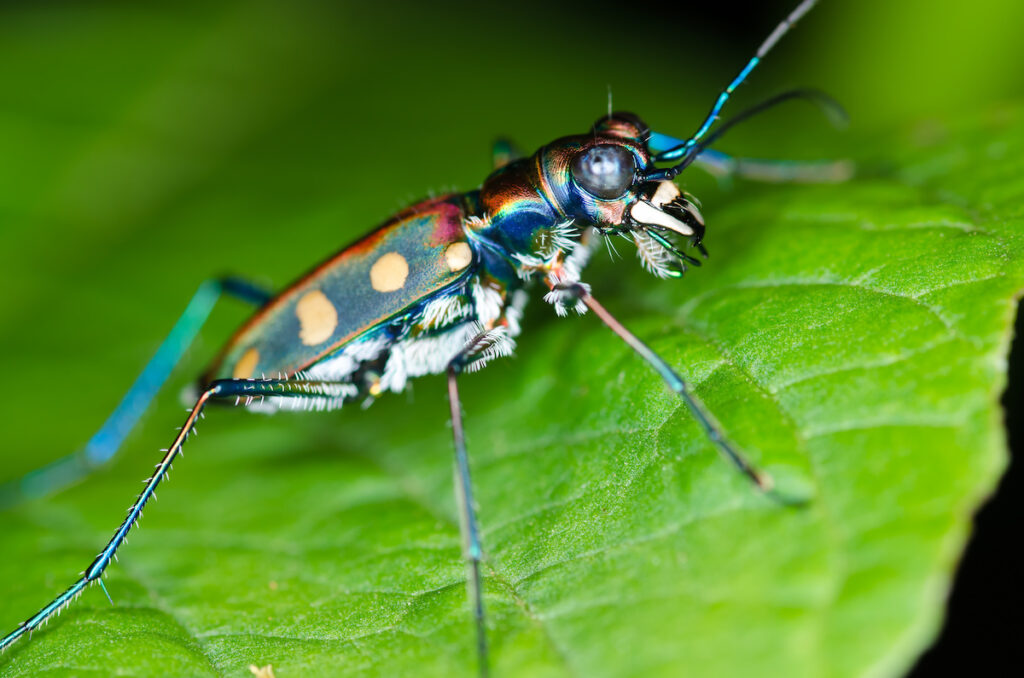
A 6-foot-tall individual would be moving at 1,160 kph (720 mph) if they could run 171 body lengths per second.
Final Reflections
So, based on reliable evidence, these are the world’s fastest creatures.
It’s entertaining to contrast the fastest absolute speed ever reached by a person with the speeds of various animals.
Usain Bolt achieved a sprint-related top speed of 47.6 kph (29.5 mph). He moved at a much slower average speed of just 37.6 kph (23.4 mph).
Even if this is really quick, America wouldn’t be at the top of any of the aforementioned quickest categories because animals have evolved at a much faster rate than humans have.
Perhaps if there were more predators chasing them, humans would be faster. Some advantages have made it possible for us to move rather slowly!
Read more about the Top 10 World’s Fastest Animals on Land?
Read more about Top 10: The World’s Fastest Birds
Follow us on social media
Read more about dinosaurs?
Follow us on social media
